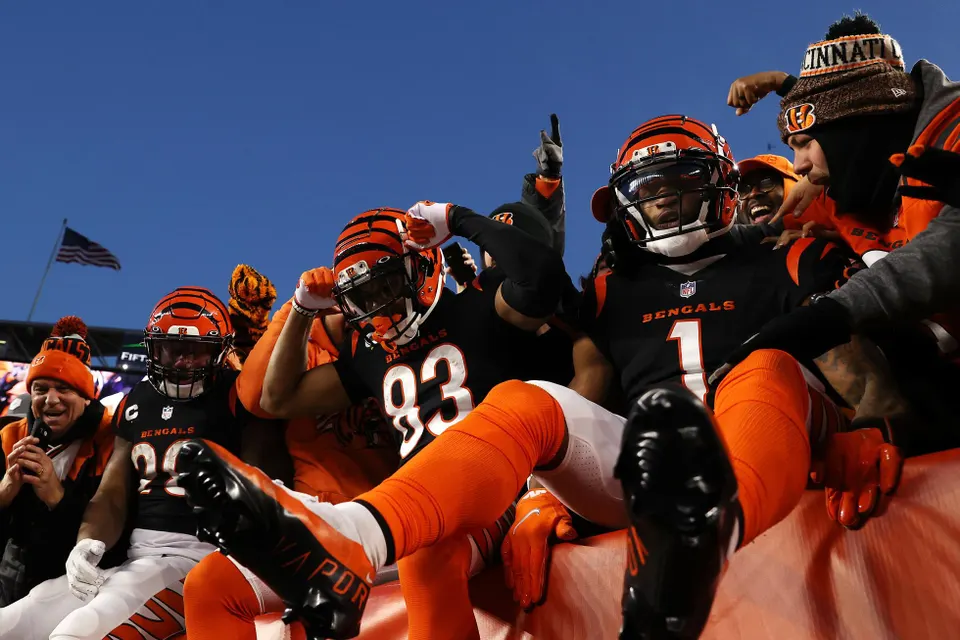NFL Betting Predictions – Leveraging Data for Accurate Forecasts
In the high-stakes world of NFL betting, leveraging data is not just advantageous it is imperative for accurate forecasts. With millions of dollars on the line and an array of variables influencing each game, bettors are increasingly turning to data-driven strategies to gain an edge. In this dynamic landscape, advanced analytics, historical trends, player statistics, and even weather patterns converge to form the basis of predictive models that can inform betting decisions. One of the primary sources of data for NFL betting predictions is historical performance. By analyzing past matchups between teams, bettors can identify trends and tendencies that may impact future outcomes. Factors such as head-to-head records, home-field advantage, and performance in specific situations such as divisional games or prime-time matchups all contribute to a team’s likelihood of success. Historical data also allows for the identification of patterns, such as teams’ performance against the spread or their tendency to cover certain point totals. Player statistics play a crucial role in predicting NFL outcomes. Metrics such as yards per carry, completion percentage, and turnover ratio provide valuable insights into the strengths and weaknesses of individual teams and players.

Advanced metrics, such as expected points added EPA and defense-adjusted value over average DVOA, offer a deeper understanding of team performance by accounting for situational factors and opponent strength. By incorporating player statistics into predictive models, bettors can more accurately assess the potential impact of key matchups and injuries on game outcomes. In addition to historical data and player statistics, weather conditions can also influence NFL betting predictions. Extreme weather, such as heavy rain, snow, or high winds, can have a significant impact on gameplay, favoring teams with a strong running game or defensive prowess. By monitoring weather forecasts and adjusting their predictions accordingly, bettors can mitigate the risk of unexpected outcomes due to inclement weather. The proliferation of data analytics in recent years has led to the development of increasingly sophisticated predictive models for NFL betting. Machine learning algorithms, such as neural networks and decision trees, can analyze vast amounts of data to identify complex patterns and relationships that may not be apparent to human analysts.
These models can incorporate a wide range of factors, including historical performance, player statistics, weather conditions, and betting market trends, to generate probabilistic forecasts for upcoming games. While data-driven approaches offer significant advantages in NFL betting, they are not without limitations. Predictive models rely on historical data to make forecasts, meaning they may struggle to account for unforeseen events or changes in team dynamics. Moreover, betting markets themselves can be influenced by factors such as public sentiment and media coverage, which may not always align with the underlying fundamentals of a matchup. In conclusion, leveraging data is essential for accurate NFL betting predictions. By analyzing historical performance, player statistics, weather conditions, and other relevant factors, bettors can develop informed strategies to maximize their chances of success. While data-driven approaches offer significant advantages, bettors must also be mindful of their limitations and the inherent uncertainties of sports betting. Ultimately, success in NFL betting requires a combination of analytical rigor, market insight, and a healthy dose of intuition.